SEARCH






|
|
|
|


Jie Fisher is an excellent wildlife photographer and hopes to help standing up for nature conservation.
She says: 'I used to think that photography is a record, but gradually found inspiration and satisfaction not only in the visual enjoyment but also in the expression of the harmonious coexistence of the world and the integration with nature as one of the topics of our time!' But Jie also excels in aerial photography. She really is a versatile top photographer.
Read more about this lady artist in the following interview.
Thanks for your fine collaboration, dear Jie.
One of my father's hobbies was photography, he liked to work in the darkroom to develop photos. We had a set of equipment in our house in China. I followed my father in the evening into the darkroom to do black and white photo development. I fondly think about the time we spend together in the darkroom, especially since he passed away recently. He was also a physical education teacher and he liked outdoor activities, like hunting, which also affected me and he taught me a lot about animal behavior.
I have always enjoyed close contact with animals in my life.
My hobbies are traveling and reading. I got interested in it maybe because I want to record every bit of my travels. My first trip to the African continent was in 2013, and I fell in love with Africa, fascinated by Africa and the free and wild nature, yet the relatively peaceful coexistence of wildlife and humans. I have always wanted to put the interaction of these animals, such as parent-child, family, hunting, in the picture to leave a memory, but also because I prefer the visual and emotional impact!
I used to think that photography is a record, but gradually found inspiration and satisfaction not only in the visual enjoyment but also in the expression of the harmonious coexistence of the world and the integration with nature as one of the topics of our time!
I hope that in the future my work will play a little role in protecting the natural environment.
Regarding my equipment, I am currently using two Nikon bodies, (D5 and D850) and the most commonly used lenses 70 - 200, 180-400, 600/f4. But increasingly I am also using wide-angle lenses.
My mentors are 1x wildlife photographer Phillip Chang as well as Jeffrey Wu , both of them I followed several times to Africa. Both of them have their own way to illustrate the African continent's people and environment with its coexistence of nature. They had a great influence and helped me to improve my ability to express my thoughts with my photos.
The visual effect of aerial photos is very different. The impression is more like kind of oil painting, with its intriguing appeal that it is a photo only at a closer look. One of the pictures that inspired me to take on Aerial photography was Phillips photo of the Lake Magadi.
It has a great balance, technical superiority and an intriguing composition that is very appeasing to the eye. Understanding now how difficult it is to compose well in a fast-moving helicopter I appreciate this photo even more.
On a tour with David Yarrow I have broadened my understanding of black and white photography but also about context and storytelling. The use of wide angle and showing animals in their natural habitat has become a new interest of mine.
One of the pictures I am most proud is from that tour to the Arctic.
It shows the polar bear in a very different setting than most pictures of polar bears. It is about loss of habitat and maybe the loss of a species that gives us a farewell. Strong, individual and with an emotional message.
In wildlife photography, due to the daytime of photography and the necessary shutter speed ISO will be relatively high, therefore I pay a lot of attention to noise reduction and try to restore as much details as possible. Photoshop and its technology are a great help to do so. Jeffrey and Phillip have shown me innovative techniques to overcome the trade-off between noise and details.
I am increasingly interested in not only making our world more colorful but also using my photography as a tool to show insights and sending a message. For this understanding the context and behavior of the animals that I am photographing is essential.
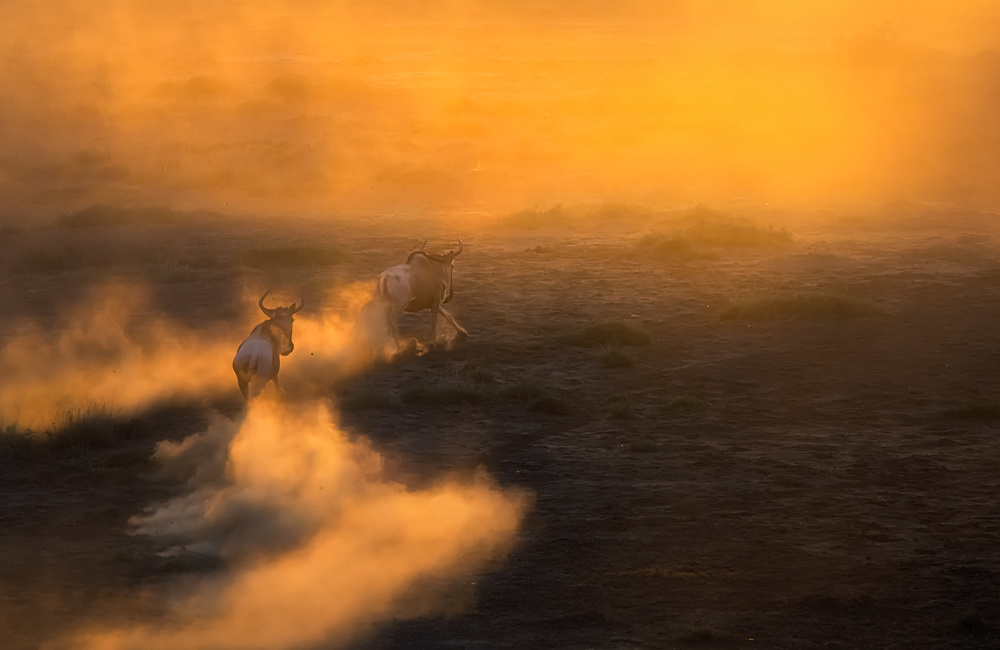
'Wildebeest running in the sunset'
To become a good wildlife photographer, one needs technical skills and, more importantly, patience and perseverance for the exceptional picture. I also recommend getting inspired by visiting art exhibitions, joining photographic competition. In a digital world of affluent content creation, proximity and accessibility to unusual content becomes a decisive factor for a photo that stands the test of time. I am grateful that my husband is helping me to get these rare opportunities to shot special content.
 | Write |
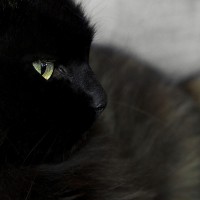 | Deborah Gugeri Fantastic images. Congratulations on such amazing work.
|
 | Deborah Gugeri Fantastic images. Congratulations on such amazing work.
|
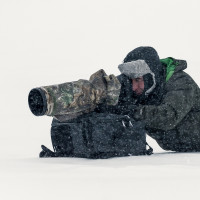 | Marco Pozzi PRO congratulations! |
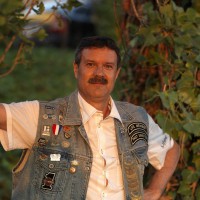 | Xavier Ortega PRO Great interview and amazing pictures. Congratulations. |
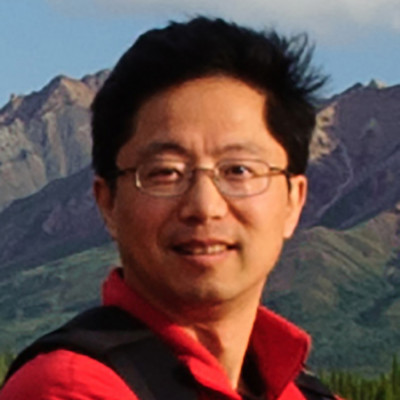 | Chao Feng 天馬 PRO Admire your passion and achievement! Absolutely amazing! |
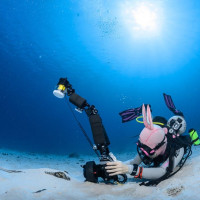 | Jennifer Lu PRO Great Job and congratulations ! |
 | John Fan CREW Congratulations! |
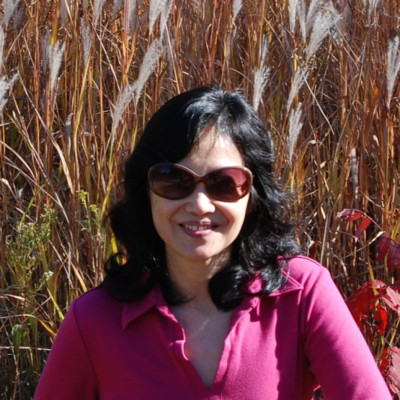 | Leah Guo PRO Great, congratulations Jie! |
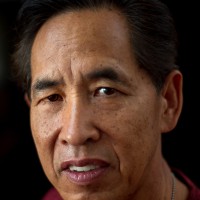 | HJ Yang CREW Great job, Yvette. Congratulation, Jie for wonderful photos and inspiration. |
 | Yvette Depaepe CREW Thanks for your appreciation, dear friend! |
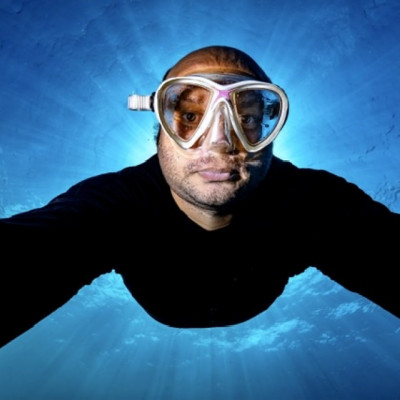 | Serge Melesan |
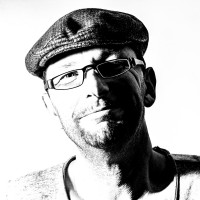 | Jörg Vollrath PRO Congratulation. |
 | Yvette Depaepe CREW Thanks for this inspinring interview, dear Jie! Cheers, Yvette. |